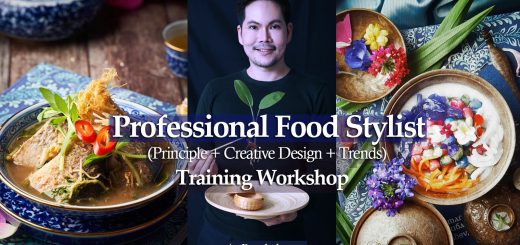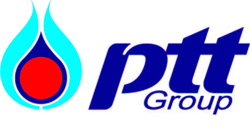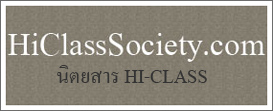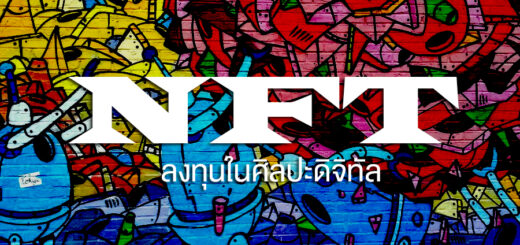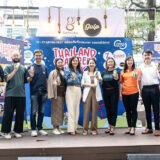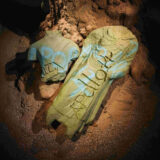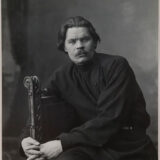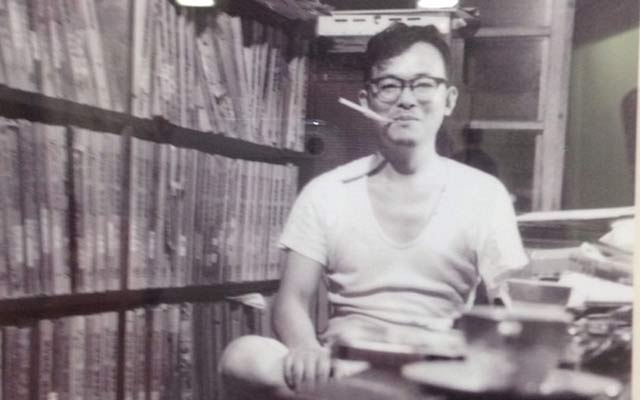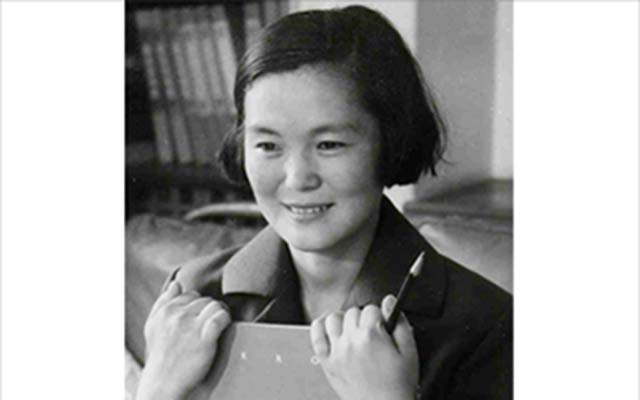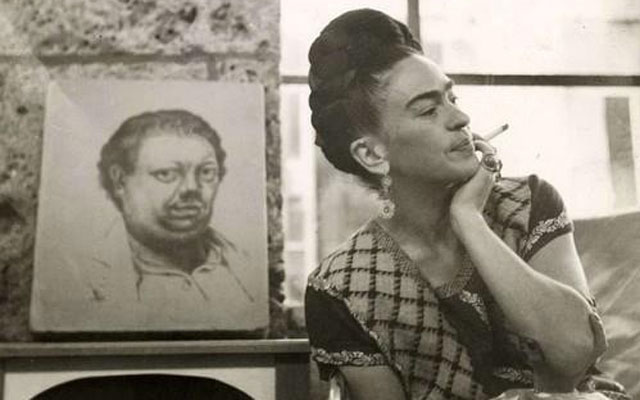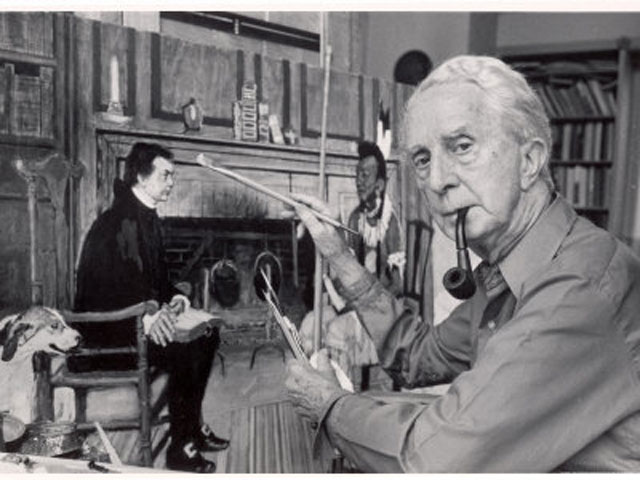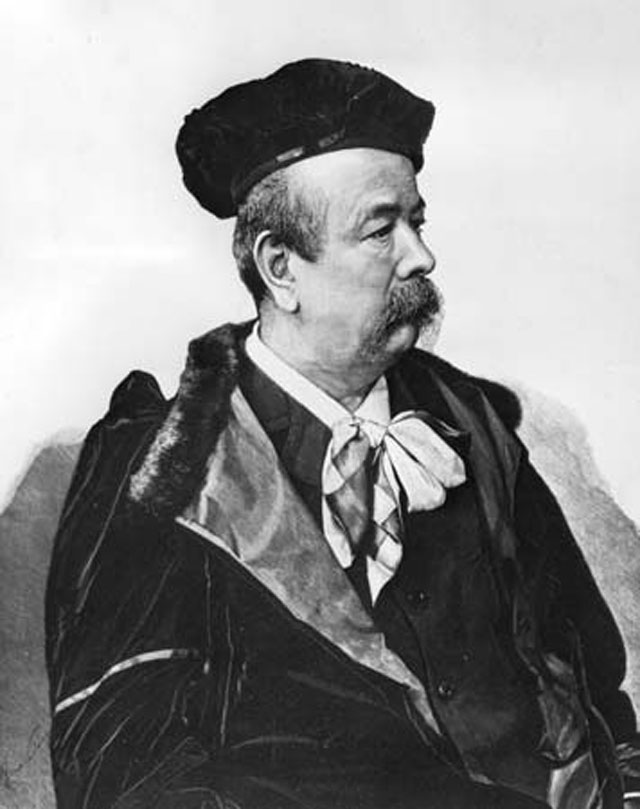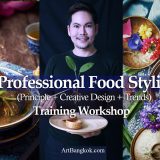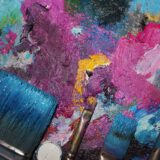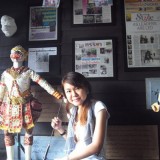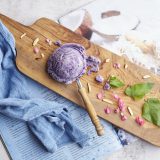.jpg)
การศึกษางานออกแบบเพื่อการอนุรักษ์โดย : อภิสิทธิ์ ไล่ศัตรูไกล,พยูร โมสิกรัตน์ และ มาลินี วิกรานต์
ระยะเวลาในการวิจัย : พ.ศ.2543-2547
วัตถุประสงค์การวิจัย : เพื่อศึกษาประเภทของการออกแบบหีบห่อจากวัสดุธรรมชาติในภาคใต้ โดยจำแนกตามลักษณะทางกายภาพของประเภทอาหาร วัสดุในการทำหีบห่อ กรรมวิธีการผลิตหีบห่อ การแปรรูปวัสดุธรรมชาติ โครงสร้างของหีบห่อ คุณสมบัติของวัสดุและหีบห่อ ประโยชน์ใช้สอย การขนส่ง การบรรจุภัณฑ์ สภาพภูมิอากาศ ระยะเวลาในการเก็บรักษา และกลยุทธ์ทางการตลาดของหีบห่อ ภายใต้บริบททางสังคมและวัฒนธรรมท้องถิ่นที่มีผลต่อแนวคิด รูปแบบของหีบห่อวัสดุธรรมชาติในสังคมไทย
วิธีการดำเนินการวิจัย :โดยการสำรวจเอกสารที่เกี่ยวข้องเพื่อเป็นข้อมูลพื้นฐานด้านสภาพสังคม ภูมิประเทศ และวัฒนธรรมของชุมชน เพื่อใช้ในการวางแผนการรวบรวมข้อมูลภาคสนาม และการจัดทำเครื่องมือแบบสอบถามและแบบสัมภาษณ์ การรวบรวมข้อมูลภาคสนาม ใช้วิธีการสังเกตและสัมภาษณ์จากกลุ่มตัวอย่าง ซึ่งใช้วิธีการสุ่มแบบบังเอิญจากผู้จำหน่ายและผู้ผลิตตามแหล่งข้อมูล คือ ตลาดและแหล่งผลิตจากพื้นที่ใน 14 จังหวัดภาคใต้ คือ จังหวัดชุมพร ระนอง พังงา ภูเก็ต สุราษฎร์ธานี พัทลุง กระบี่ ตรัง นครศรีธรรมราช สตูล สงขลา ปัตตานี ยะลาและนราธิวาส รวมตัวอย่างที่รวบรวมได้ทั้งสิ้น 333 ข้อมูล
ผลการวิจัย : พบว่า การใช้วัสดุธรรมชาติในการหีบห่ออาหารของคนในภาคใต้มีมานานและได้สืบต่อไปยังรุ่นลูกหลาน โดยมีการเลือกสรรชนิดวัสดุมากมาย ส่วนใหญ่เป็นวัสดุที่มีอยู่ตามธรรมชาติ ในบริเวณที่ใกล้เคียงที่พักอาศัยเป็นหลัก และสามารถเลือกใช้ส่วนต่าง ๆ ของพืชที่นำมาทำหีบห่อตามความเหมาะสมกับประเภทอาหารได้อย่างลงตัว ได้ประโยชน์ทั้งการคุ้มครอง ป้องกัน การนับจำนวน การทำสัญลักษณ์ในการจำหน่าย การจัดเรียงซ้อน การนำพาในการขนส่ง การแสดงตนของอาหารเพื่อเชิญชวนผู้บริโภคให้สามารถซื้อหาได้อย่างมั่นใจว่าเป็นชนิดอาหารที่ต้องการ รวมถึงให้กลิ่นและรสชาติของอาหารจากวัสดุที่ใช้หีบห่อเพิ่มขึ้นด้วย ส่วนของพืชที่เป็นวัสดุธรรมชาติที่นิยมนำมาใช้หีบห่ออาหารในภาคใต้ดังกล่าวประกอบด้วยใบและกาบกล้วย ใบพ้อ ใบไผ่ ใบจาก ใบคลุ้ม ใบลาน ใบชิง ใบทัง ใบยางพารา กาบหมาก เป็นต้น
กรรมวิธีการหีบห่อ ที่พบสามารถจำแนกตามรูปแบบหีบห่อได้เป็น 5 กลุ่ม คือ
1.รูปแบบการห่อ โดยวิธีการพับ การม้วน การพัน หรือเย็บ ซึ่งมีทั้งประเภทกึ่งทรงรูป ทรงรูป ทรงสามเหลี่ยม และทรงสี่เหลี่ยม
2.รูปแบบการรองรับ เป็นการใช้คุณลักษณะของพืชที่เป็นแผ่นเรียบแบน แทนภาชนะรองรับอาหาร
3.รูปแบบบรรจุ เป็นการใช้ส่วนของพืชเป็นที่บรรจุอาหาร ตั้งแต่ขั้นตอนการผลิตอาหารไปจนถึงขั้นขนส่งเพื่อขายเป็นชิ้นเดียวกัน
4.รูปแบบเสียบหนีบ ใช้หีบห่อเป็นเพียงแกนให้อาหารยึดติดเท่านั้น เพื่อประโยชน์ในการจัดเรียงอาหารให้เป็นกลุ่มก้อน สะดวกในการปิ้งย่างและจำหน่ายเป็นชุด ๆ รวมถึงการแสดงตนของอาหารเป็นกลุ่มอย่างสวยงาม
5.รูปแบบผูกมัดรัดร้อย เป็นการนำส่วนของพืชที่เป็นเส้นมาใช้ประโยชน์ทั้งการผูกมัดเป็นพวง (พวงปลา มัดปู) ผูกรัดผักเป็นกำ (มัดพลู) มัดผักต่าง ๆ
ลักษณะที่หลากหลายของรูปแบบหีบห่อนี้ ยังสามารถเอื้อประโยชน์ในการใช้สอย การขนส่ง การเก็บรักษา ตลอดจนกกลยุทธ์ทางการตลาดอีกด้วย สำหรับการศึกาด้านโครงสร้างหีบห่อ พบว่าหีบห่อจากวัสดุธรรมชาติในรูปแบบห่อ สามารถใช้ประโยชน์ทั้งส่วนเส้นในตามทางยาวและทางขวางหรือแนวทแยงมาวางขัดกัน ช่วยให้ห่อมีความแข็งแรง แน่นหนาขึ้น ไม่แตกหรือฉีกขาดง่าย และใช้ความแข็งของเส้นก้านใบเป็นโครงสร้างของหีบห่อเลย ได้แก่ ใบจากห่อขนมจาก เป็นต้น
จึงเห็นได้ว่าผู้ใช้วัสดุธรรมชาติในแต่ละท้องถิ่นของภาคใต้สามารถนำคุณลักษณะเด่นของพืชส่วนต่าง ๆ มาใช้ให้สอดคล้องกับประโยชน์ใช้สอยของหีบห่อ การขนส่ง การจำหน่าย และมีกรรมวิธีที่ส่งผลถึงความรู้สึก ความปลอดภัยในการบริโภค การเก็บรักษาและกลยุทธ์ทางการตลาดได้อย่างเหมาะสมกับคุณลักษณะของอาหารในวัฒนธรรมของแต่ละกลุ่มคนในภาคใต้
The objective of this project is aimed to study the categories of food package design from natural materials in southern Thailand. Among the southern Thai various folk designs, can be classified based on the following : type of food, material, package production process, transformation of material, package structure, properties of material and packing stuff, climate, package duration and marketing strategy. All of these factors have to be carefully considered under the local social and cultural contexts. They have effect on the design concept of the package made of natural material in Thailand.
The research method are : (1) survey of related literature (2) designing tools for field work (3) interview and (4) sampling of products.
Survey of related literature is necessary to find basic social information concerning with the geographical and cultural characteristics of the target community areas. From the information obtained the design of appropriate tool for field work is possible. By observation and interview, with random sampling of local dealers and producer, data from 333 sources of different cities and town obtained from the followings : Chumporn, Ranong, Phangnga, Phuket, Suratthani, Patalung, Krabi, Trang, Nakornsrithammarat, Stoon, Songkhla, Patani, Yala and Narathivas.
Result of study indicated that natural material has been used for a long time. It is the tradition passing from much older generation. Choice of material is of a wide range. Most of them are domestic natural material easily available not very far from the producer / dealer’s home. Among the choice of material from different part of plants; such as leaf, branch and fiber from stems etc., a proper choice from the wide range of material with proper design for food package is available. They are useful as the protecting material for food as well as their convenience in counting the number of food or sweet with package packing and transportation. Besides a food container, packaging could be stacking to display the product image. It is the best package inviting customers with high confidence that customers will have the proper food for their choices. These folk natural material packages become a symbol and show its clear identity of the folk package design. It makes a good taste and smell for food that synthetic material cannot match. These natural material are: Banana leaf (Musa spp.), Kapor leaf (Licuala spinosa Thunb), Bamboo leaf (Babusa sp.), Klum leaf (Donax canniformos), Laan leaf (Corypha leconter Becc.), Para Rubber leaf (Betal palm) Chak (Nipa fruticaus), Krajude (Lepironia articulate) etc.
Packing can be classified by process as following
1. Folding
2. Receiving plate (like a dish or food plate)
3. Containing
4. Clipping and skewer
5. Tying (Bundle)
There is a great diversity in package forms, they make convenient and effective and effective packing device. Appropriate for transportation preservation as well as marketing strategy. The structure of natural material based design is the indigenous application of plant structure, for example, the leaf. The folk uses the direction of the leaf vein, longitudinal, crossed or diagonal to the leaf axis as the design that provides sufficient strength for package. The package is not easily broken or torn. Strength of the mid rib vein make a strong package structure. The ‘Khanom Chak’ (wrapped with palm leaf) is a good sample.
The southern geographical regions has selected the unique characteristic of different species of plant and its specific part to make smart design appropriate for transportation and sale and the process has communicate a good message to customers that product is safe to consume, easy to keep and make a proper marketing strategy.
ดูรายละเอียดเพิ่มเติมได้ที่ : http://www.designinnovathai.com/th/article/detail/23
ที่มา : http://www.designinnovathai.com/th/designer/page/2
ขอบคุณข้อมูลจากศูนย์นวัตกรรมการออกแบบ มหาวิทยาลัยศิลปากร วิทยาเขตพระราชวังสนามจันทร์
ที่อยู่ : มหาวิทยาลัยศิลปากร วิทยาเขตพระราชวังสนามจันทร์ ถนนราชมรรคาใน อำเภอเมือง จังหวัดนครปฐม 73000
โทรศัพท์ : ๐๓๔ ๒๗๕ ๐๓๐ , ๐๘๑ ๘๐๙ ๖๘๖๗
โทรสาร : ๐๓๔ ๒๗๕ ๐๓๐
อีเมล์ : contact@designinnovathai.com
เว็บไซต์ : www.designinnovathai.com
ขอบคุณข้อมูลภาพจาก : http://www.bunjupun.com/category/






